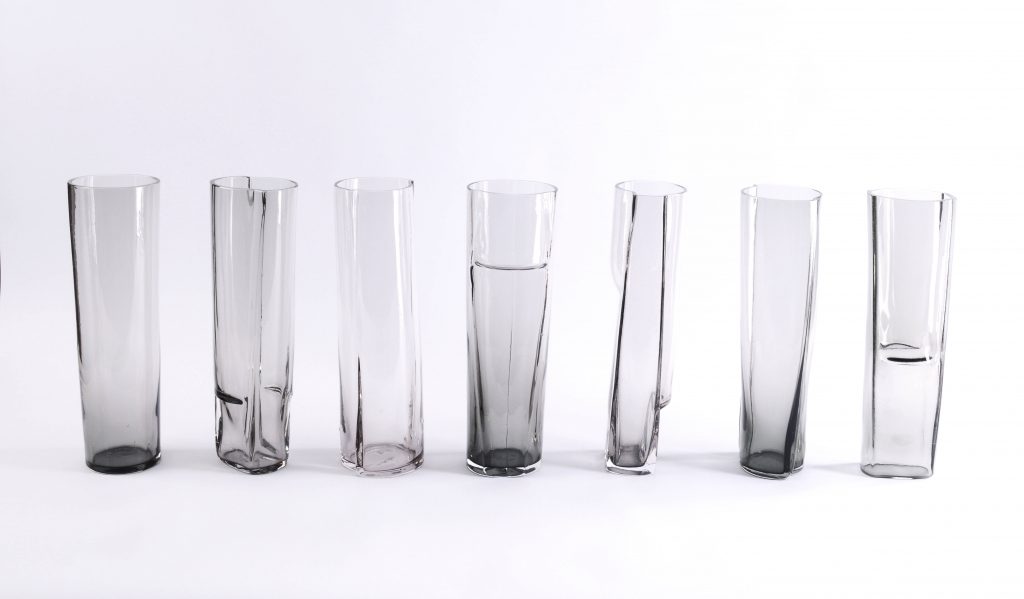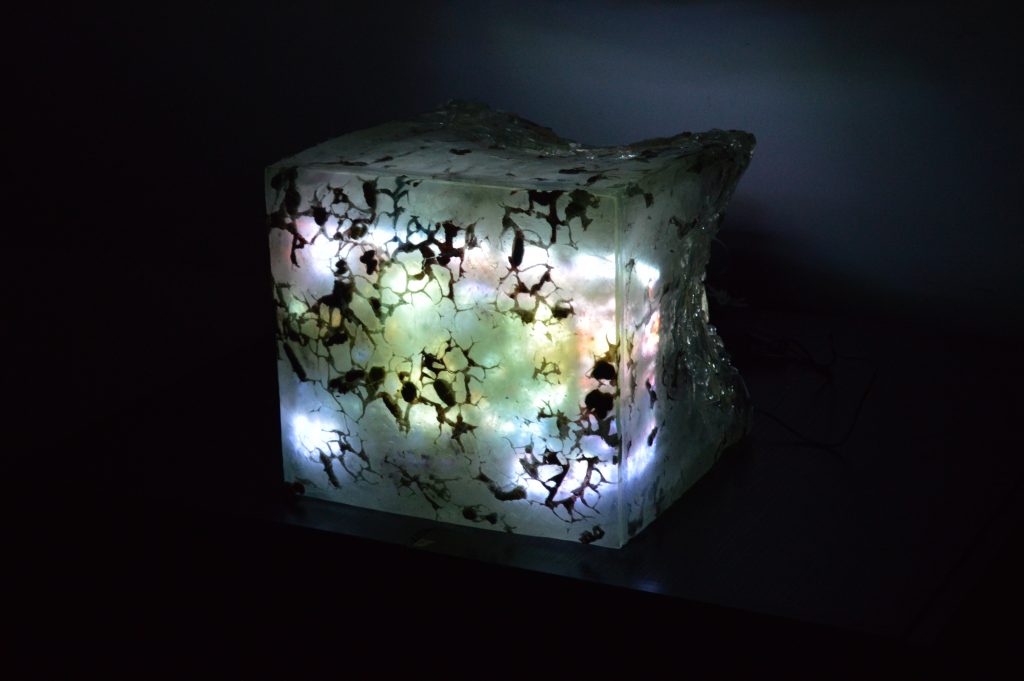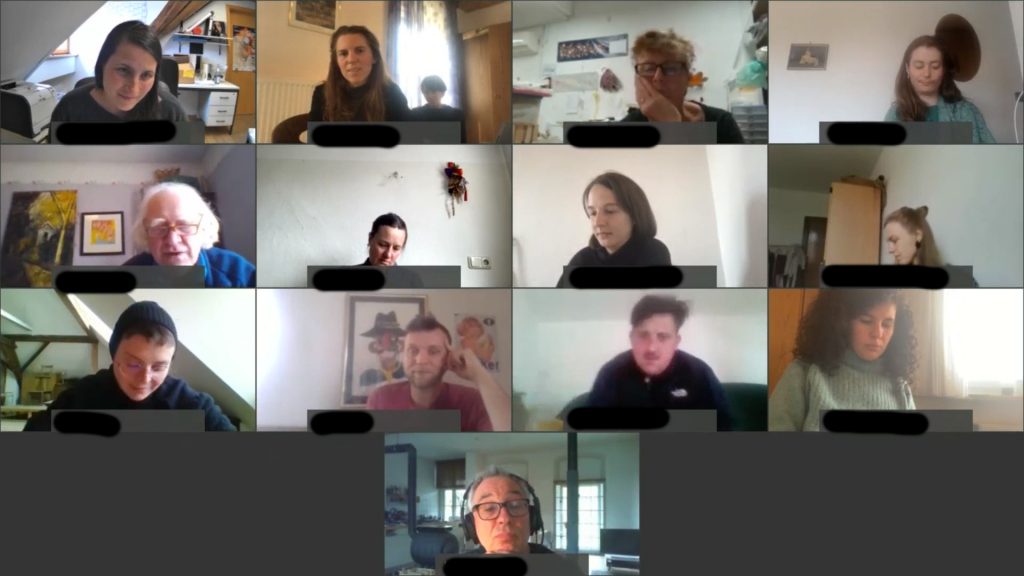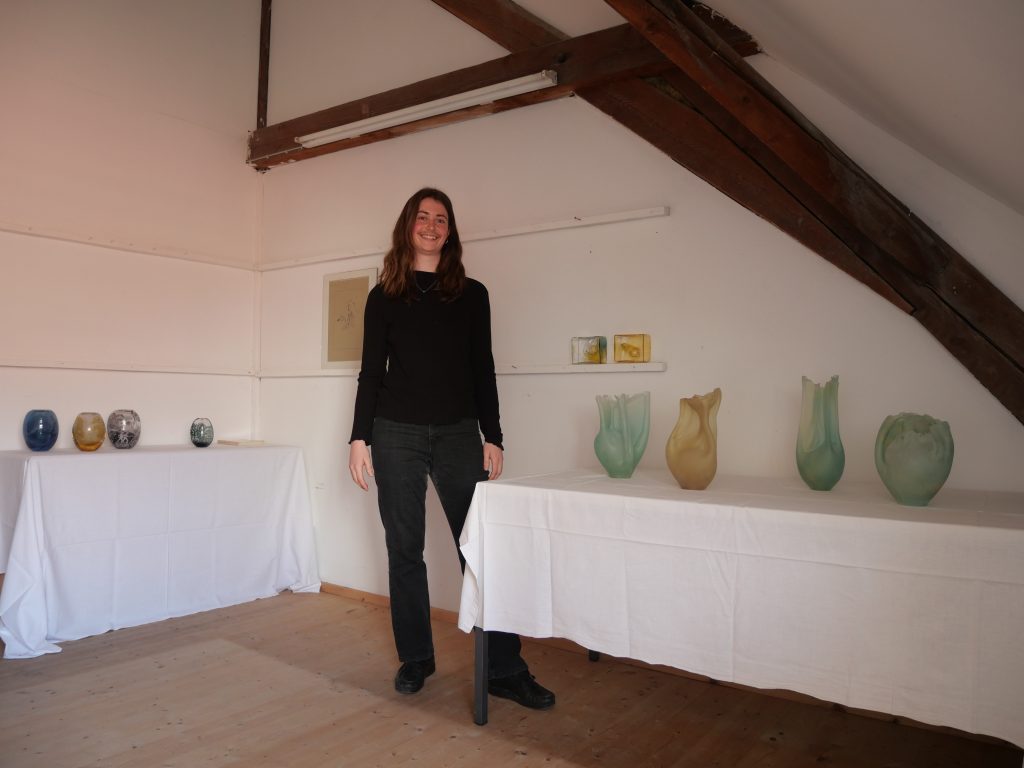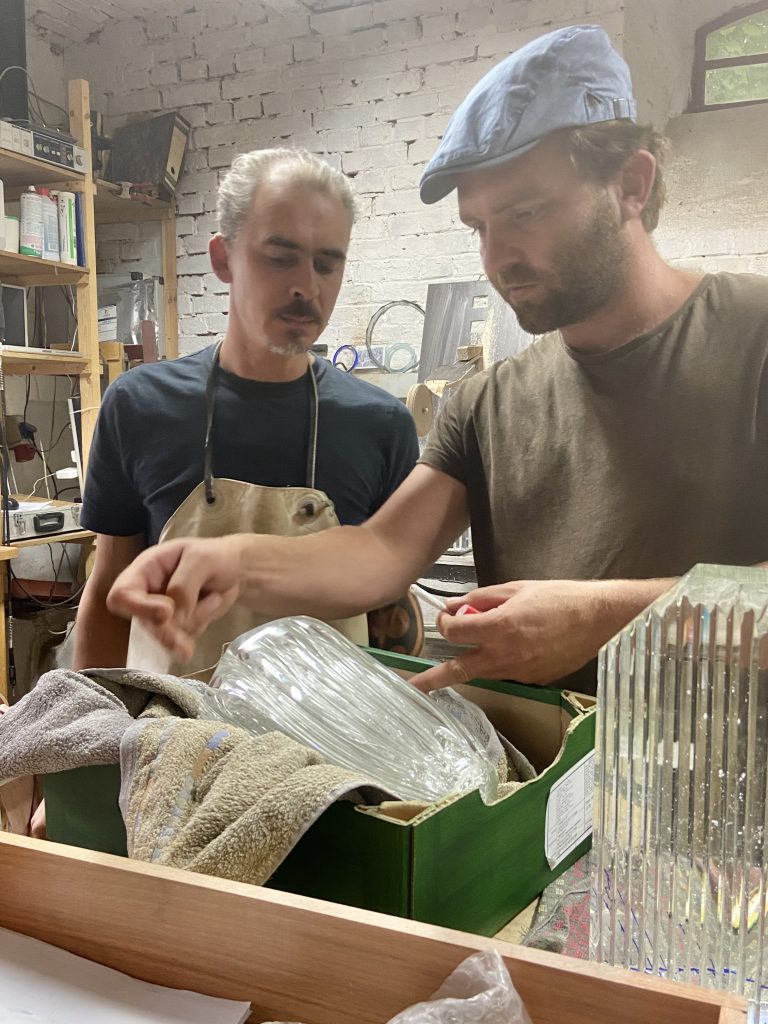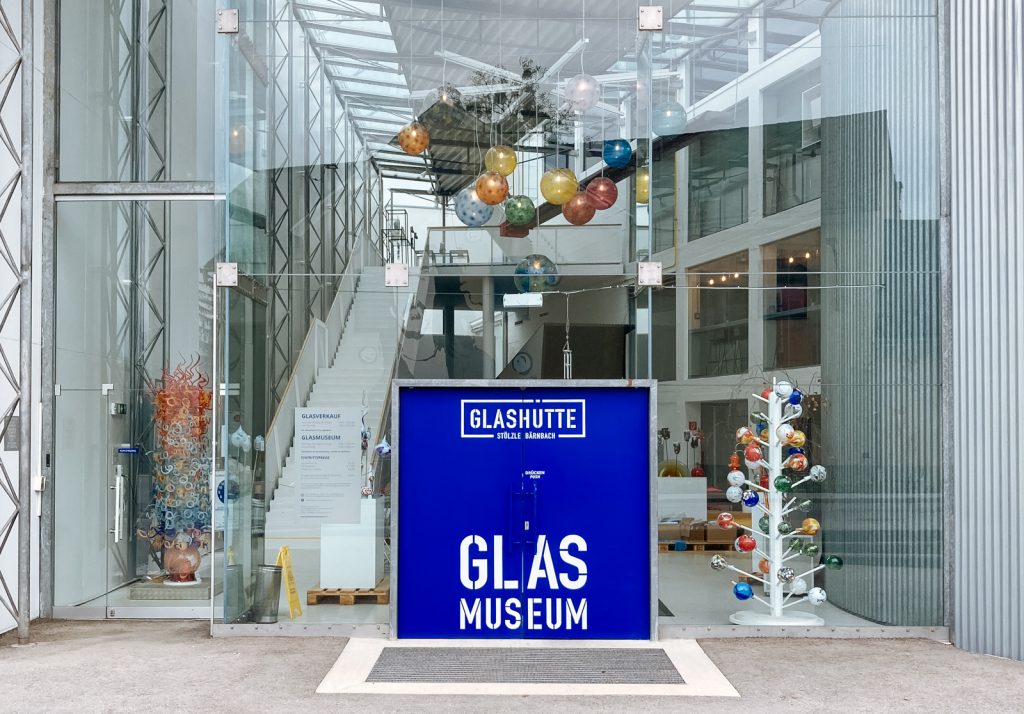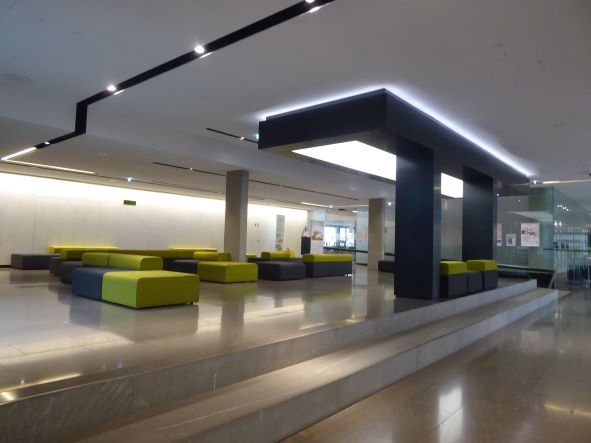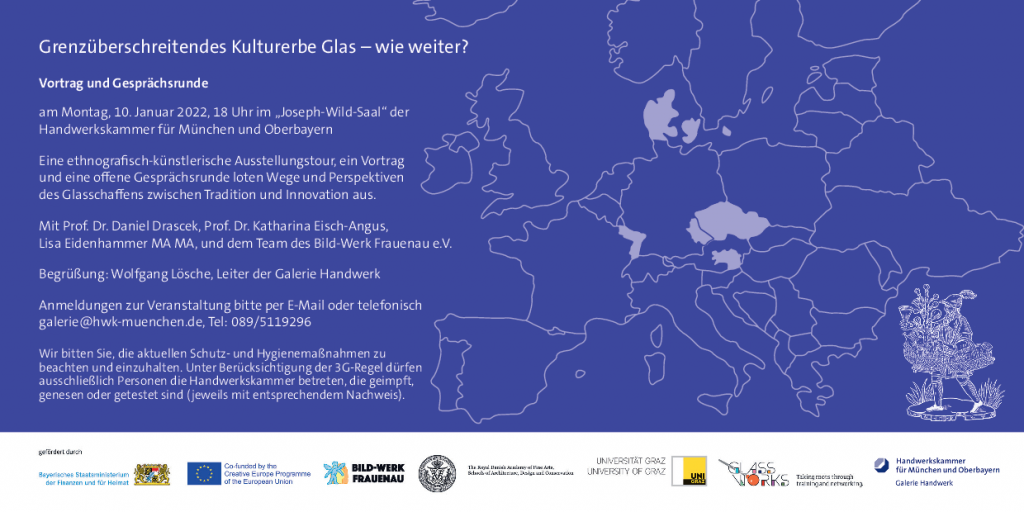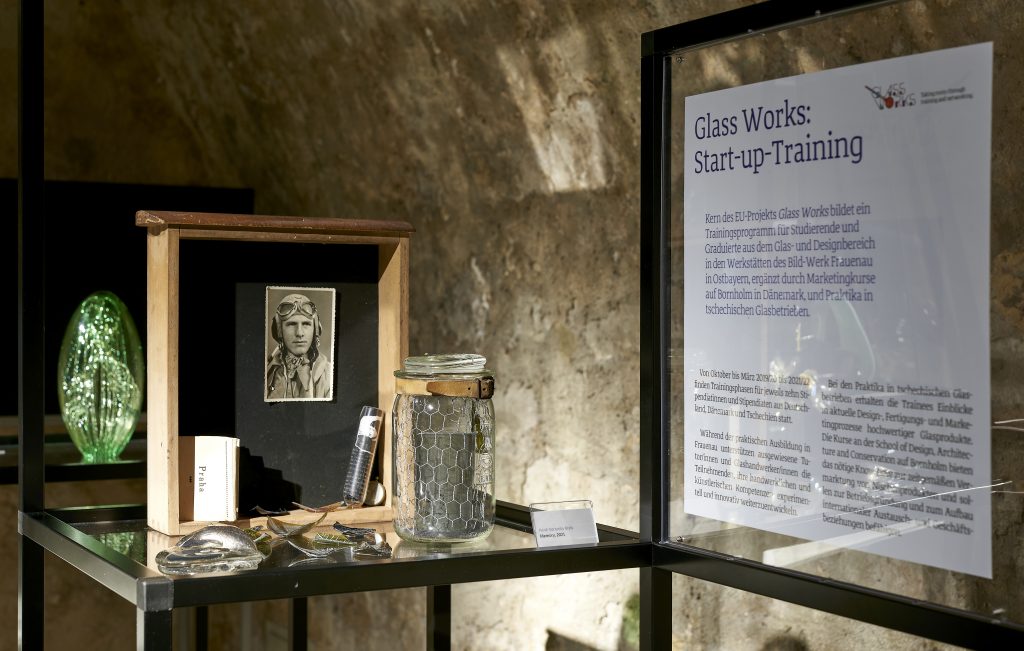Start-up Workshop and Plenary Meeting: Into the Future!
In our online plenary meeting on March 26 we reviewed the project and started looking to the future. Heinz called for re-adjustments: Glass Works is more than start-ups, but connects European glass regions and their models of regional development!
Mark outlined core results of the 2nd training phase: Start-up tutoring in glass means supporting autonomous glass makers, not teaching students. And: With changing markets, careers potentials of glass artist/makers between craft and conceptual art get more and more wide-ranging. With this in mind, our emphasis turns even stronger towards sustainable, craft-based pathways in glass.
Troels pointed out the necessity of business competence in glass. Bornholm will stay on the ball, to develop new teaching materials for entrepreneurship in glass, and course formats in collaboration with Bild-Werk.
The startup-workshop on March 27 put it all in a nutshell: All trainees presented their achievements during the training period, and received external and internal expert critique with view of realising their career ideas and future development. In return, Bild-Werk was given valuable feedback, praise and criticism about the training phase.

